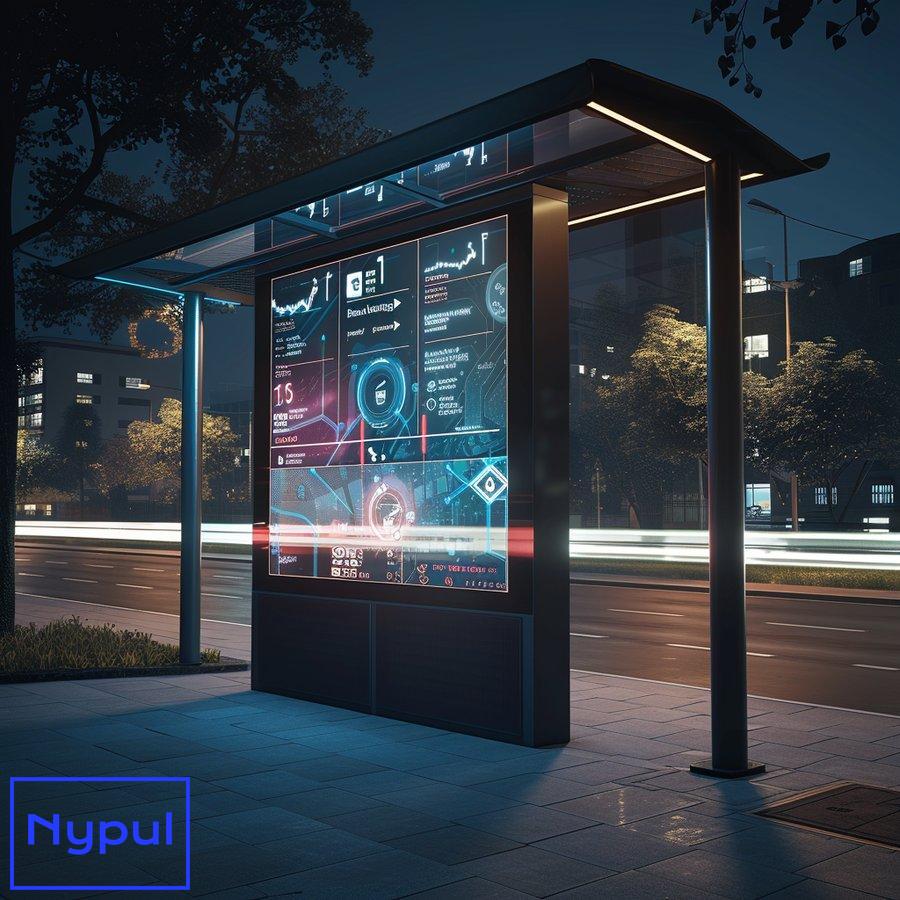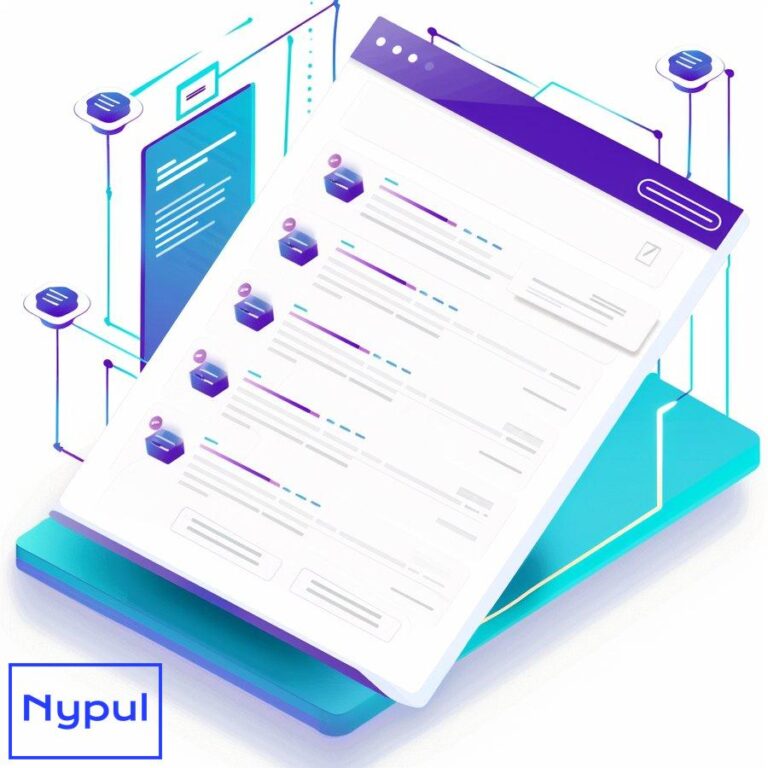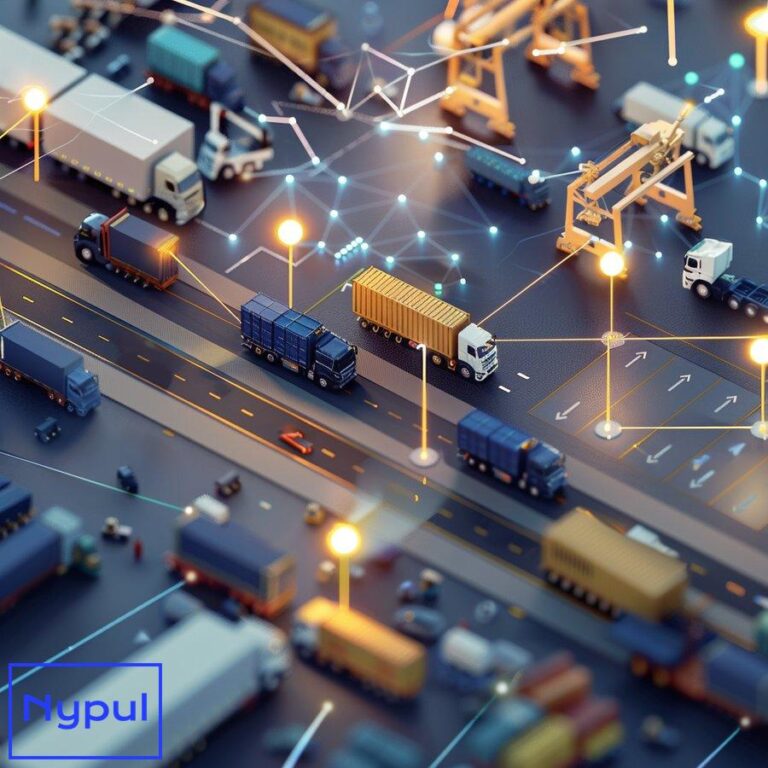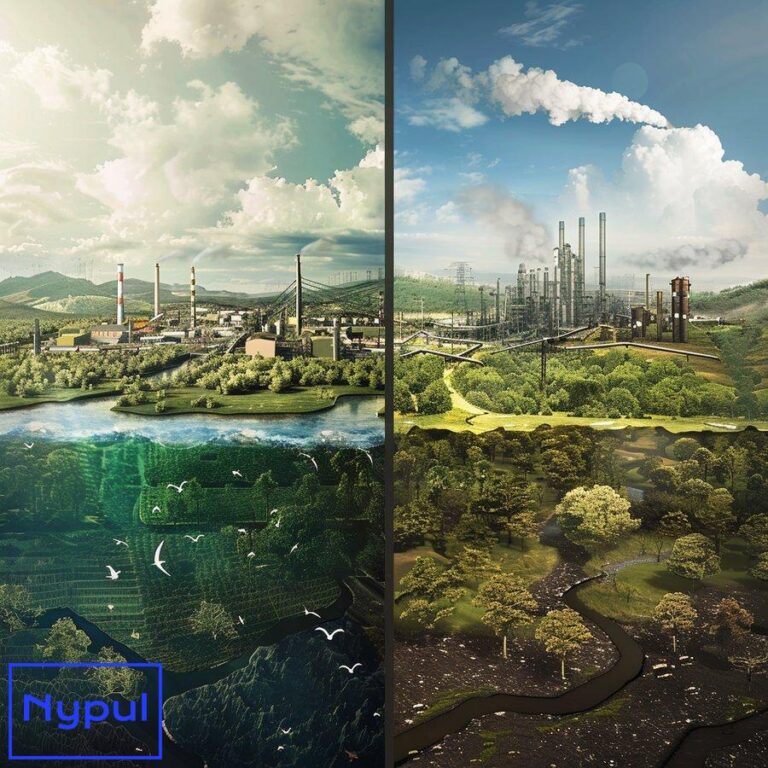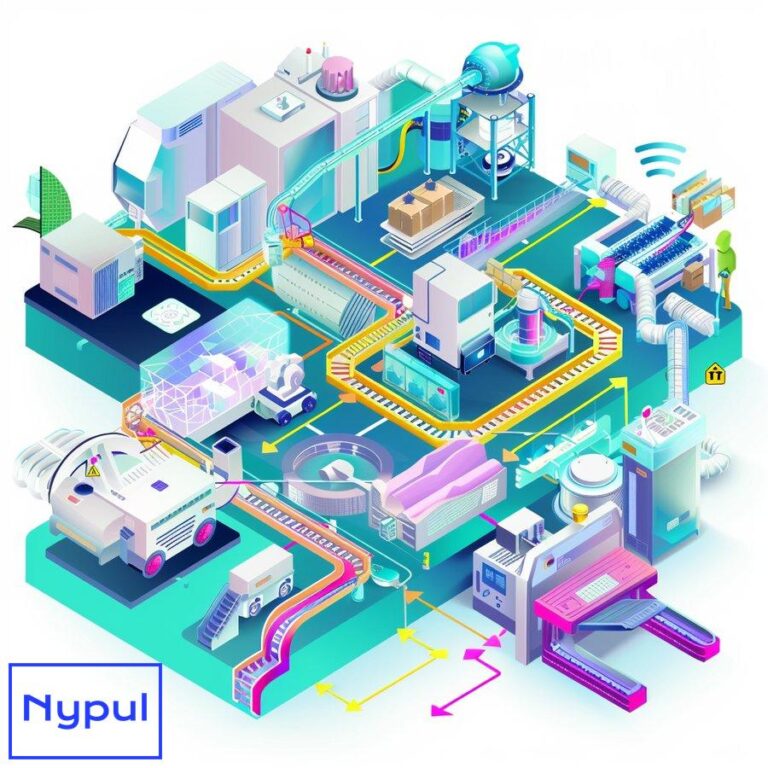Which App Is Used for Transportation
What are the top transportation apps available today?
The transportation landscape has evolved significantly, with numerous apps designed to meet various commuting needs. These applications cater to different aspects of transportation, such as ride-hailing, public transit, and multi-modal journeys. Here are some of the top transportation apps currently available:
Ride-Hailing Apps
-
Uber: A pioneer in the ride-hailing industry, Uber connects riders with drivers through its user-friendly app. It offers various service levels, including UberX for everyday rides and UberXL for larger groups.
-
Lyft: Competing closely with Uber, Lyft provides similar services but is often perceived as more community-focused. It also introduces features like Lyft Line for shared rides.
Public Transit Apps
-
Transit: This app aggregates information from various public transit systems, providing real-time updates on bus and train schedules. Its user-friendly interface makes it easy for commuters to navigate urban transit systems.
-
Citymapper: Known for its comprehensive urban transit solutions, Citymapper offers detailed route planning that includes walking, cycling, and public transport options.
Multi-Modal Apps
-
Google Maps: While primarily a navigation tool, Google Maps offers multi-modal transit options by integrating driving directions with public transport schedules and biking routes.
-
Moovit: This app focuses on public transport but also incorporates bike-sharing and ride-hailing services, allowing users to plan seamless journeys across different modes of transportation.
Specialized Transportation Apps
-
Waze Carpool: A unique offering from Waze, this app connects drivers looking to share their rides with passengers heading in the same direction. It emphasizes carpooling as a sustainable travel option.
-
Trafi: Designed for urban mobility, Trafi combines various transport options into a single platform, offering users tailored routes based on their preferences.
These apps exemplify the diverse range of solutions available in today’s transportation ecosystem. Each app serves distinct user needs, whether it’s convenience, cost-effectiveness, or sustainability.
How do multi-modal transit apps enhance urban mobility?
Multi-modal transit apps play a crucial role in enhancing urban mobility by integrating various forms of transportation into a single platform. This integration allows users to plan their journeys more efficiently and adapt to real-time conditions.
Benefits of Multi-Modal Transit Apps
-
Seamless Journey Planning: Users can combine different modes of transport—such as buses, trains, bikes, and ride-hailing services—into one route. This flexibility helps commuters choose the most efficient and cost-effective options.
-
Real-Time Information: Multi-modal apps provide real-time updates on transit schedules and traffic conditions. This information empowers users to make informed decisions about their travel plans.
-
Reduced Travel Time: By optimizing routes that incorporate multiple transport modes, these apps can significantly reduce overall travel time compared to using a single mode of transport.
-
Sustainability: Encouraging the use of public transit alongside biking or walking contributes to reduced carbon emissions and less congestion in urban areas.
A study conducted by the American Public Transportation Association found that cities with effective multi-modal transit solutions experience higher public transit ridership and improved overall mobility.
Which ride-hailing apps dominate the market?
The ride-hailing market is primarily dominated by a few key players that have established themselves through extensive service networks and customer loyalty.
Top Ride-Hailing Apps
| App Name | Market Share | Key Features |
|---|---|---|
| Uber | 68% | Diverse service options (UberX, UberPOOL), global presence |
| Lyft | 32% | Community focus, Lyft Line for shared rides |
| Bolt | 5% | Competitive pricing, rapid expansion in Europe |
| DiDi | 6% | Strong presence in China and Latin America |
Uber remains the clear leader in the ride-hailing space with a substantial market share. Its extensive range of services caters to various customer needs—from budget-friendly rides to luxury options. Lyft follows closely behind in North America with its emphasis on community engagement and social responsibility.
Emerging competitors like Bolt and DiDi are making strides in specific regions by offering competitive pricing and localized services. As these companies expand their reach, they contribute to a more diverse ride-hailing ecosystem.
What features make public transit-specific apps essential?
Public transit-specific apps are designed to address the unique challenges faced by commuters relying on buses, trains, and other forms of public transportation. The essential features of these apps enhance user experience and promote efficient travel.
![]()
Key Features of Public Transit Apps
-
Real-Time Tracking: Users can track the location of buses or trains in real-time, reducing wait times and uncertainty about arrival times.
-
Trip Planning Tools: These tools allow users to input their starting point and destination to receive optimal routes that consider current schedules and delays.
-
Alerts & Notifications: Commuters receive alerts about service disruptions or changes in schedules directly through the app, ensuring they stay informed about their journey.
-
Accessibility Features: Many public transit apps include features that cater to individuals with disabilities, such as information on wheelchair-accessible routes or vehicles.
The integration of these features not only enhances user satisfaction but also encourages greater use of public transportation systems. According to research from the Institute for Transportation & Development Policy (ITDP), cities that implement effective public transit apps see increased ridership levels due to improved user experiences.
How do specialized transportation apps differ from general transit apps?
Specialized transportation apps focus on specific niches within the broader transportation landscape. Understanding these differences is crucial for users seeking tailored solutions for their commuting needs.
![]()
Characteristics of Specialized Transportation Apps
-
Targeted Services: Unlike general transit apps that cover multiple modes of transport, specialized apps concentrate on a specific area—such as ride-sharing or bike rentals—providing deeper functionality within that niche.
-
User Experience Design: Specialized apps often feature streamlined interfaces tailored to their target audience’s needs. For instance, a bike-sharing app may prioritize bike availability and docking station locations over other transport options.
-
Integration Capabilities: While general transit apps may offer multi-modal planning features, specialized apps often integrate deeply with specific services (e.g., connecting directly with bike-sharing systems) for enhanced usability.
Examples include Waze Carpool for carpooling services and Lime for electric scooter rentals. These specialized applications address specific user requirements while complementing broader transportation networks.
What key features should users compare when choosing a transportation app?
Choosing the right transportation app involves evaluating several key features that can significantly impact user experience and satisfaction. Here are some critical aspects to consider:

Essential Features Comparison
-
User Interface (UI): A clean and intuitive UI enhances usability. Users should look for an app that allows easy navigation without overwhelming them with information.
-
Real-Time Updates: The ability to receive live updates about delays or changes is vital for effective trip planning. Users should prioritize apps known for accurate real-time tracking capabilities.
-
Payment Options: Diverse payment methods (credit cards, digital wallets) provide convenience. Users should check if an app supports their preferred payment method before committing.
-
Coverage Area: The geographical reach of an app is crucial. Users should ensure that the app covers their typical commuting areas effectively without significant gaps in service availability.
By comparing these features across different applications, users can make informed decisions that best suit their commuting habits and preferences.
How can users select the most suitable transportation app for their needs?
Selecting an appropriate transportation app requires careful consideration of personal commuting patterns alongside available features. Here’s a structured approach users can take:

-
Identify Your Needs: Determine what you require from a transportation app—be it ride-hailing services for quick trips or public transit information for daily commutes.
-
Research Available Options: Explore different apps within your area that cater specifically to your identified needs. Reading reviews can provide insights into user experiences with each application.
-
Compare Features Side-by-Side: Utilize comparison tools or tables to evaluate how different applications stack up against each other concerning essential features discussed earlier.
-
Test Multiple Apps: Don’t hesitate to try out several applications before settling on one. Many offer free trials or basic versions that allow you to assess usability without commitment.
-
Consider Community Feedback: Engage with local communities or forums where users discuss their experiences with various transportation apps—this feedback can be invaluable in making an informed choice.
By following this structured approach, users can find an application that aligns well with their unique commuting needs while maximizing convenience and efficiency during travel.
What role do real-time updates play in transportation apps?
Real-time updates are a cornerstone feature within modern transportation applications. They significantly enhance user experience by providing timely information crucial for effective trip planning and execution.
Importance of Real-Time Updates
-
Improved Decision Making: Users benefit from live updates regarding delays or route changes that allow them to adjust their plans accordingly—whether choosing an alternative route or delaying departure times.
-
Enhanced Reliability: Real-time data increases trust in public transport systems as commuters feel more informed about service reliability rather than relying solely on static schedules which may not reflect current conditions.
-
Reduced Wait Times: By knowing exactly when their bus or train will arrive through real-time tracking capabilities, users can minimize unnecessary waiting periods at stations or stops—leading to more efficient journeys overall.
Research indicates that incorporating real-time updates into public transit systems leads to increased ridership as commuters become more confident in using these services due to improved reliability metrics reported through such applications.
How do transportation apps integrate with different modes of transit?
Transportation applications excel at integrating various modes of transit into cohesive travel experiences for users. This integration facilitates seamless transitions between different forms of transport throughout a journey.
Integration Mechanisms
-
Unified Platforms: Many modern applications serve as centralized hubs where users can access multiple transport options within one interface—allowing them to plan trips involving buses, trains, bikes, or ride-hailing services effortlessly.
-
Data Sharing Protocols: Real-time data sharing between different service providers enables accurate scheduling information across platforms; this means users receive consistent updates regardless of which mode they choose at any point during their journey.
-
Payment Integration Systems: Some applications allow users to pay seamlessly across multiple transport modes without requiring separate transactions—simplifying financial management throughout each trip while enhancing convenience overall.
By effectively integrating diverse transport modes into singular platforms through innovative technologies like API sharing protocols combined with user-friendly interfaces designed around commuter needs—transportation applications continue revolutionizing how people navigate urban environments efficiently while minimizing stress associated with traditional travel methods.
